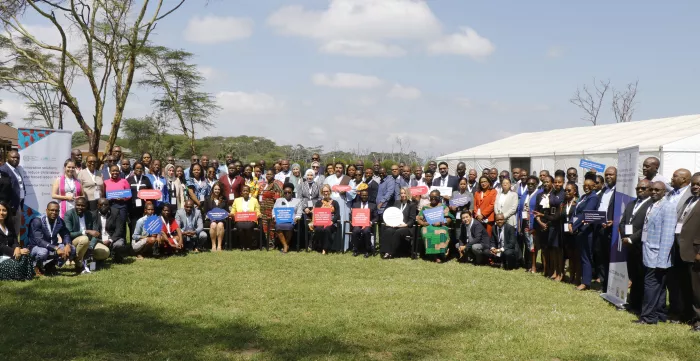
Topic portal
Forced labour, modern slavery and trafficking in persons
Forced labour is a severe violation of human rights affecting 28 million of men, women and children in all countries and all economic sectors. It is rooted in poverty, discrimination and lack of social protection, and it disrupts fair competition between businesses. The issue has been at the heart of the ILO mandate to promote Fundamental Principles and Rights at Work, leaving no one behind.
Highlights
.jpgef86.webp)
What is forced labour?

Data and research

Our impact, their voices

Forced Labour Observatory
Facts and figures
International Labour Standards on Forced Labour
The Forced Labour Convention (No. 29), adopted in 1930, contains the definition of forced labour and provides that it should be punished as a crime. This is one of the most ratified ILO standards.
The Abolition of Forced Labour Convention (No. 105), adopted in 1957, deals with state-imposed forms of forced labour. This is one of the most ratified ILO standards.
The Protocol to the Forced Labour Convention, (P029), adopted in 2014, requires ratifying countries to take effective measures to prevent forced labour, protect victims and ensure their access to justice.
The Protocol complements the Convention No. 29, therefore only countries that have ratified this Convention can ratify the Protocol.
The Forced Labour Recommendation (No. 203), adopted in 2014, provides further guidance on how to implement the Protocol.
It is a non-binding document that does not require ratification.
What can the ILO offer and how?
- Eradicating Forced Labour: Partnering strategically with ILO
- Good practices in addressing Forced Labour (forthcoming)
- Developing National Action Plans on Forced Labour
Focus on

The Fair Recruitment Initiative

The ILO Global Business Network on Forced Labour

8.7 Accelerator Lab
News and articles

Uganda, Malawi, and Kenya sign communique to combat child labour in tea supply chain

Forging a future through knowledge sharing: Innovative Solutions to reduce child labour and forced labour in Africa
Publications
Survey on tenant growers in Malawi’s tobacco industry
Nigeria Forced Labour Survey 2022
8.7 Accelerator Lab: Theory of change for the agriculture sector
Projects
Child Labour and Forced Labour
Capacity Strengthening of Governments to Address Child Labour and Forced Labour and Violations of Acceptable Conditions of Work in Sub-Saharan Africa
Ship to Shore Rights South East Asia - Indonesia